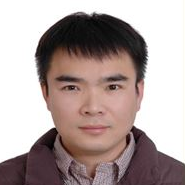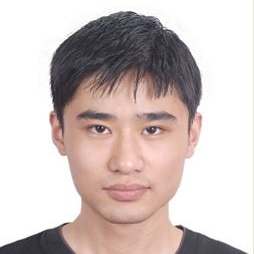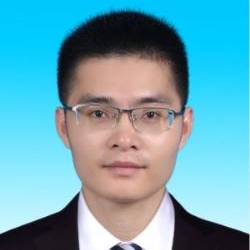Future Development in Wireless Power Transfer Technology for Internet of Things (IoT) in Smart Grid
A special issue of Electronics (ISSN 2079-9292). This special issue belongs to the section "Power Electronics".
Deadline for manuscript submissions: closed (15 December 2023) | Viewed by 8792
Special Issue Editors
Interests: wireless power transfer; system identification; parameter estimation
Interests: modularized inductive power transfer systems; coil design; resonant converter; power electronics
Interests: hybrid compensation topologies for wireless power transfer (WPT) system; bi-directional WPT system; megahertz WPT for consumer electronics; dynamic WPT charging
Interests: solid state transformer; SiC/GaN circuit design; medium-votlage converters
Special Issues, Collections and Topics in MDPI journals
Special Issue Information
Dear Colleagues,
Smart grids are electrical energy networks, whereas the Internet of Things (IoTs) is a communication network that will be able to better support electricity generation and distribution networks in the near future. New advances in wireless power transfer (WPT) promise to link the two networks, allowing for the intelligent integration of power grids and communication networks. Thus, it is with great pleasure that we present this Special Issue, “Future Development in Wireless Power Transfer Technology for Internet of Things in Smart Grid”. We are inviting original manuscripts presenting recent advances in this area, placing special emphasis on the following topics:
- New and existing improvements for inductive and capacitive power transfer (IPT/CPT) techniques and methodologies;
- Internet of Things (IoTs) for WPT;
- Communication systems for WPT;
- WPT with smart grid technology;
- Inverter/converter designs and controls for wireless power applications;
- Highly resonant coupling topologies;
- Applications in special marine/air/space environments and other complex scenarios, i.e., WPT systems for coal mines and oil extraction;
- V2G WPT technology;
- Dynamic bi-directional WPT technology;
- Transmitter/receiver designs for WPT;
- New applications of wireless power;
- Modeling and simulation of wireless power systems;
- Compensation techniques;
- Radio-frequency and microwave WPT systems for IoTs in smart grids;
- Ultrasonic and other WPT systems.
Dr. Fengwei Chen
Dr. Hongsheng Hu
Dr. Lei Zhao
Prof. Dr. Hao Feng
Dr. Xiaoming Zhang
Guest Editors
Manuscript Submission Information
Manuscripts should be submitted online at www.mdpi.com by registering and logging in to this website. Once you are registered, click here to go to the submission form. Manuscripts can be submitted until the deadline. All submissions that pass pre-check are peer-reviewed. Accepted papers will be published continuously in the journal (as soon as accepted) and will be listed together on the special issue website. Research articles, review articles as well as short communications are invited. For planned papers, a title and short abstract (about 100 words) can be sent to the Editorial Office for announcement on this website.
Submitted manuscripts should not have been published previously, nor be under consideration for publication elsewhere (except conference proceedings papers). All manuscripts are thoroughly refereed through a single-blind peer-review process. A guide for authors and other relevant information for submission of manuscripts is available on the Instructions for Authors page. Electronics is an international peer-reviewed open access semimonthly journal published by MDPI.
Please visit the Instructions for Authors page before submitting a manuscript. The Article Processing Charge (APC) for publication in this open access journal is 2400 CHF (Swiss Francs). Submitted papers should be well formatted and use good English. Authors may use MDPI's English editing service prior to publication or during author revisions.









